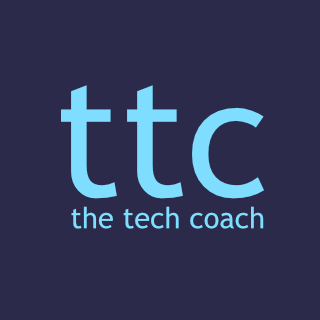Blog
News & Upates
Deep Work – Cal Newport
There are two core abilities to thrive in the be economy: 1. Master hard things quickly.2. Produce at an elite level; quality and speed important. Above all, however, you need to produce! You need to have a routine of deliberate practice; focus on a specific skill;...
The Checklist Manifesto – Atul Gawande
Too many things have become too complicated for anyone person to remember. Therefore, the checklist was created. Create checklists for lesson planning and for tasks for the kids to follow. When preparing to do a big task like a one-off task have the checklist ready...
How To Live 24 Hours In a Day – Arnold Bennett
These are my key take-ways from the book, with links to other books I have read. Time is like a currency, and everyday you get 24 hours to spend. You have all the time you will ever need. However, every day you feel that something is undone, this because you are...
Output
Output Control what you put out into the world, and own it. Know that, what you say, and how you act to and around others can have a lasting impact. Make it a positive one. Peace.
The 48 Laws Of Power – Robert Greene
Not all 48, but ones that stood out... 1. Use your enemies. Turn them from wolves into sheep. Don't trust your friends too much. It is ok to create enemies in order to keep your mind and body in focus. 2. Conceal your intentions. To seduce people, make suggestions not...
Leaders Eat Last – Simon Sinek
Leaders sacrifice what is theirs to save what is ours - opening quote from Leaders Eat Last. You must truly care about those people in your care. Inspire those around you to become great. Prioritize the well-being of YOUR people. The key is to have EMPATHY. Each...
Do the Work – Steven Pressfield
You will find resistance in any activity that does NOT give you instant gratification ergo that dopamine fix. You should respect resistance, HOWEVER, you must defeat it. Resistance is impersonal, selfish and should be defeated at every turn. The more important...
May the Centripetal and Centrifugal Force Be With You
May the Centripetal and Centrifugal Force Be With You I am now back into full swing in the classroom! I had totally forgotten how much hard work it is to be a homeroom teacher – and in a perverse way, I am really grateful. I am also at a smaller school, with a lot...
Don’t Shoot The Dog – Karen Pryor
A must read for educators? Positive reinforcement - reward the good behavior and don't nag the bag Example when kids do really well on their work, celebrate this. When ifed Chewbacca I simultaneously cut his nails When someone comes to you with good news, celebrate it...
IPC Brainwave Metacognition
IPC Brainwave Metacognition In preparation for my first time back in the homeroom for 7 years, and teaching the IPC Brainwave unit, I have created a couple of resources for my students. I have asked them to create a digital product of their choice to communicate their...
Silver Linings
Back in January, things were looking pretty rosy. I was on track with the COETAIL final project, tech integration was growing at a fantastic rate in the classrooms, we were just about to start our digital citizenship program with grades 6 through 10, and I had done a...
Tech Integration Treasure Hunt
Next year I will be integrating technology with Grades 1 through 5, as well as Grades 6 to 12! I find working with younger students to be hugely rewarding, as they are at an earlier stage of their learning journeys, I have an opportunity to teach them how to use tech...
Synergy in Virtual Learning
At some point during the current COVID-19 pandemic, I decided that I needed to escape the daily onslaught of horrible and depressing news from around the globe. I wanted to check out of life just for about 30 minutes each day (sometimes longer), and all the...
Blended Learning Buy-In
It has been quite some time since I was last in an offline classroom; 2 months and 28 days to be exact. And in that time, all of the learning opportunities that I have provided have been based on virtual/remote/distance models. Now, rumor has it that we might be back...
Virtual Learning – Bold Predictions
Last year, I was asked by a teacher to deliver a series of lessons based on the concept of students making bold predictions and how artificial intelligence would change our lives in the future. Little did we know at the time that we would be looking square in the...
